The famous Michelin Guide is more than 100 years old – over the years, a modest guide for the automobile traveler has evolved into a super-authoritative rating of dining establishments. Michelin stars mean to most ordinary visitors to restaurants and cafes roughly the same thing as the Oscars for movies: unconditional recognition of high level and quality. And of course, like everything associated with the high society (albeit culinary), the proverbial stars are surrounded by a mass of myths that have no relation to reality. Let’s see to what extent our ideas about “star” restaurants and chefs are at odds with reality.
Visiting a Michelin restaurant is an unforgettable event in the life of a foodie, something truly extraordinary
This is one of the most common myths, which is not always based on reality. What’s more, many restaurants are plagued by such exalted expectations (we explain how below). Yes, among the “star” establishments there are many that are able to surprise and amaze even the most experienced gastrotourist. A good example is Noma, a Copenhagen restaurant specializing in molecular cuisine. Any visitor here can see how the most fanciful dishes are prepared, because a transparent glass wall separates the kitchen from the room.

However, do not think that all establishments holding the coveted stars are eccentric. Most of the world’s top restaurants are simply very good restaurants with very good food and service. Many of them specialize in well known national dishes – perhaps introducing something of their own, but not changing the culinary tradition.
Every self-respecting chef dreams of getting a star (or better yet, three).
That may once have been true, but as you know, everything flows and everything changes. A decade and a half has passed since famed French chef Bernard Loiseau committed suicide after his restaurant was downgraded and rumors surfaced that he might be stripped of one of his three stars. In that time, many of Loiseau’s colleagues have come to realize that a Michelin star is a very insidious gift of fate. However, an interesting trend of refusal to receive and even already earned Michelin regalia began to develop even before this tragic incident. Why does it happen?
More often than not, the reason is the misconception we just described – the inflated expectations of diners and restaurant critics. The chef of the French restaurant Raymond-Poincaré, Joël Robuchon, turned down three Michelin stars back in 1996. He explained his decision by the tremendous pressure and unwillingness to work hard. Famous chef Sébastien Bra also returned the three stars awarded to his restaurant Bras, as he preferred to engage in less pretentious and more home-style cuisine. After all, meeting Michelin gold standards is a huge effort, not always justified.
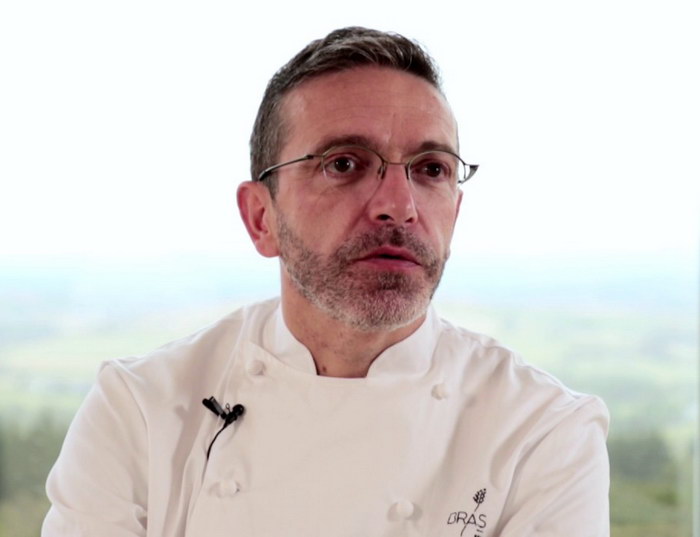
In addition, critical acclaim often costs the institution a pretty penny. For example, according to Michelin requirements, one waiter in a “star” restaurant cannot serve more than five or six customers at a time. Many customers expect that the menu will include the most expensive products such as lobster and truffles, and on the tables will shine silver and crystal. During the economic crisis, the cost of maintaining Michelin status served many restaurants poorly in terms of profitability. That’s how A’qi in Bruges and Andre in Singapore closed, as the chefs simply saw no point in continuing the race for the top spot. The last decade has been record-breaking in the number of rejections of coveted stars, as well as the transition of expensive restaurants to more affordable price categories.
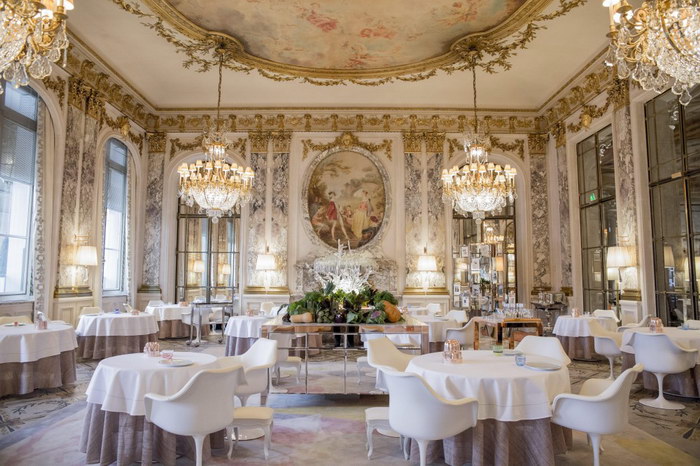
A Michelin restaurant is very expensive
It is also a very common misconception, which, apparently, the guidebook authors themselves are actively fighting against. The notorious awarding of Michelin stars to street food in Singapore clearly shows that Michelin marketers are trying to attract the attention of the audience, which is scared away by rumors about exorbitant prices in the rated restaurants.
In fact, the truth, as it happens, is in the middle. Yes, there are many very expensive establishments among the star owners, the average check in which is measured in tens of thousands in ruble terms. However, there are many restaurants in the ranking that do not stand out in terms of price among the untitled establishments. There are especially many of them in Asia. For example, a meal at Tim Ho Wan Café in Hong Kong (one Michelin star) costs no more than five dollars, while a dinner at Shinjukukappo Nakajima in Tokyo (one Michelin star) will cost you around eight dollars.
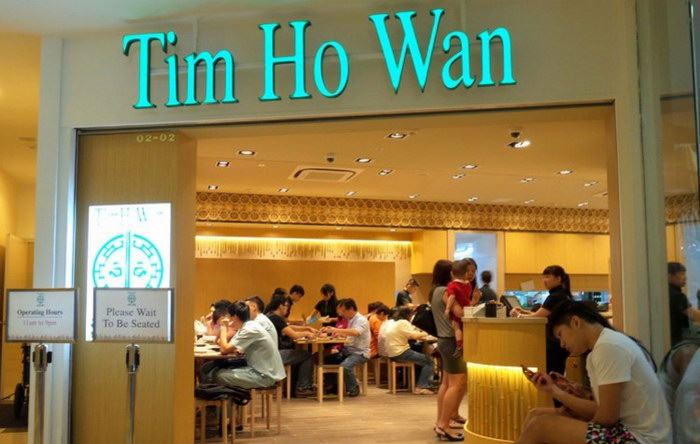
All Michelin restaurants have a strong personality
Once again, the truth is somewhere in the middle. Not all owners of Michelin-rated establishments place a high value on the interior or the way food is served. Although, of course, there are some. For example, in the Maldives there is an underwater restaurant Ithaa Undersea, located at a depth of five meters. And Michael Bras Toya restaurant (Japan) is built on the shore of a volcanic lake – and for the view from its windows alone you can gladly pay a considerable sum.
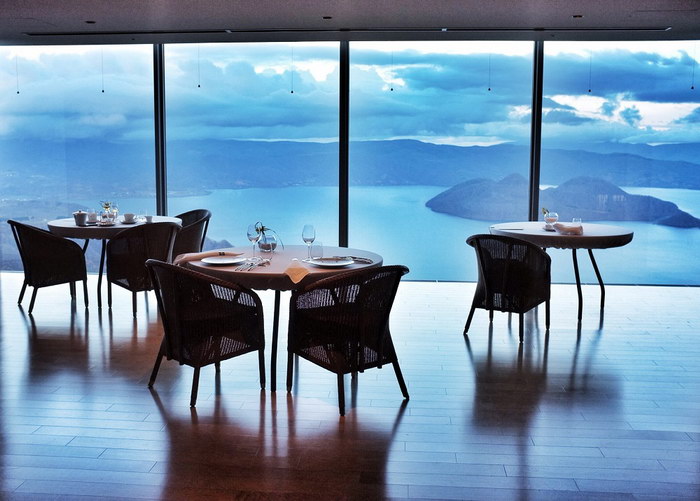
However, many top chefs around the world still prefer to focus on the quality of the food. Of course, you won’t see dirty tablecloths or dusty light fixtures in any of the titled restaurants. Cozy, beautiful, pleasant interior, not distracting from the main thing you came here for – the minimum necessary to be happy.
A restaurant can invite a Michelin-starred chef to work for it.
And this is completely wrong. I mean, a chef can certainly change jobs. But stars are not awarded to the chef as such, but to the restaurant as a whole. If the chef leaves the establishment, it loses the regalia it has earned. Thus, the expression “Michelin chef” serves more to draw attention to his new restaurant, but has no formal basis.
Three Michelin stars is the highest achievement for a restaurateur
It would be more accurate to say “one of the highest.” The monopoly of Michelin guide has long been challenged by other publications and ratings, to which gourmets listen no less, and sometimes more. For example, getting into The World’s 50 Best Restaurants list by The Restaurant Magazine is no less honorable for any of the most expensive and pompous places. The Moscow restaurant White Rabbit, which is very highly rated by critics, but does not meet the Michelin criteria in certain respects, also has the honour of being on the list.
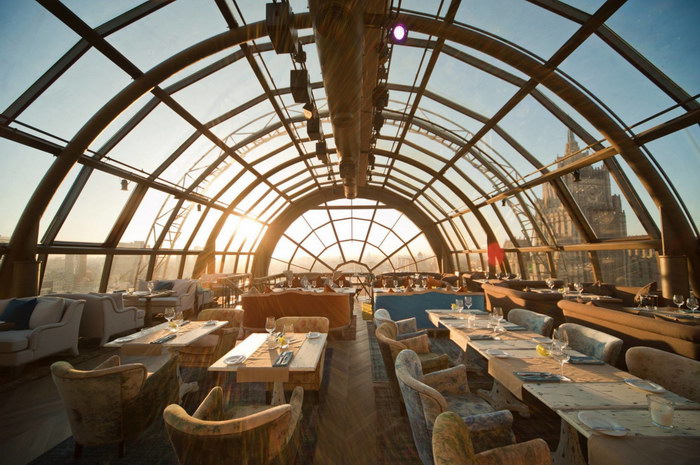
In addition, the principled stance of some chefs, who refuse to award stars, has forced the Michelin Guide itself to introduce some innovations. In particular, the “red stamp” marking the increased popularity of the restaurant among the locals. Experienced gourmets often recommend tourists arriving in the country to start from visiting establishments marked with “red mark”.
Only restaurants that have stars get into the Michelin Guide.
As you can see from the paragraph above, this is not true. Not only the titled establishments are presented in the guide, and not even only the holders of the “red mark”. Moreover – the vast majority of restaurants represented in it are the most ordinary places where you can eat good food. Don’t forget that the publication was originally a guide for the widest strata of the population traveling in their own cars. This democratic nature, though overshadowed by its newfound status as a “ranking of the very, very best,” remains the basis of the guide’s popularity. The publishers even met the progress by duplicating all the information on their website – now you can find an establishment to your liking and wallet without having to buy a paper version of the guide.
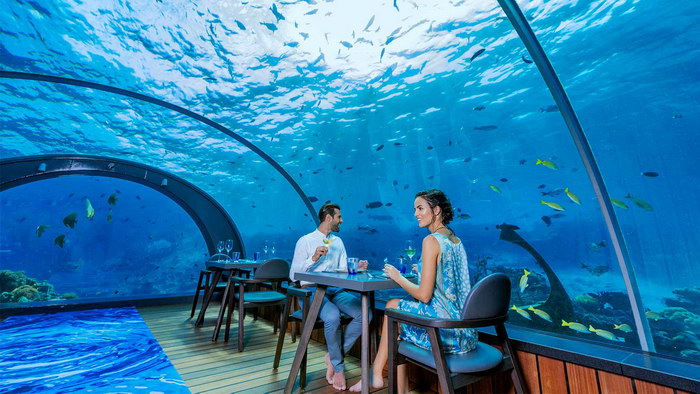
So, what conclusions can be drawn from all of the above? There is no doubt that a Michelin star is a high award, the mere presence of which characterizes a restaurant in the best possible way. But, as with all such distinctions, it is by no means worth dwelling on. This applies to the recipients of the stars as well as to their loyal fans. Those who daily fill the halls of expensive and democratic restaurants and for whom all the ratings and titles were invented.
